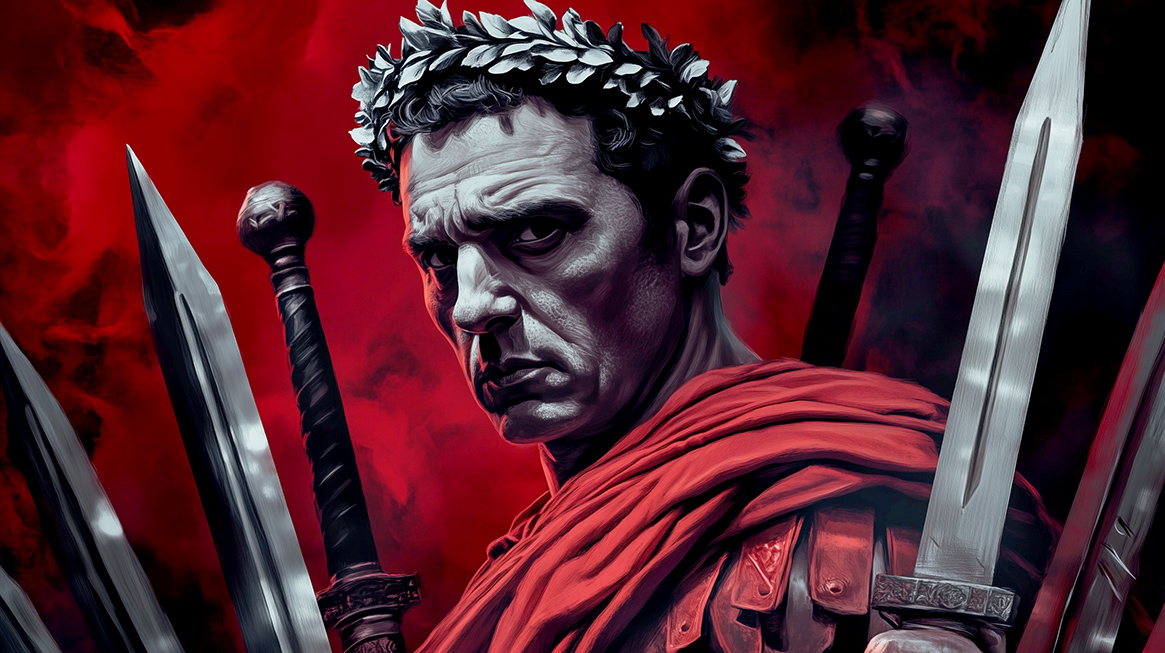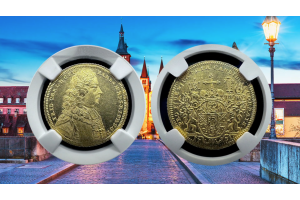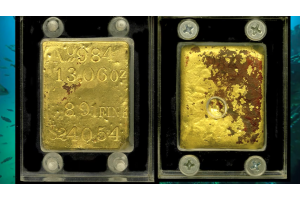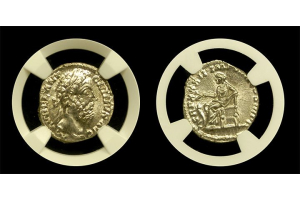Who Was Marcus Brutus?

The Man Behind the Legend
Who Was Marcus Brutus? Marcus Junius Brutus remains one of Rome’s most debated figures. Although remembered mainly for his role in Julius Caesar’s assassination, Brutus was much more. His life took place during one of Rome’s most unstable eras. Therefore, understanding his actions requires looking at his background, ideals, and the choices he made.
Early Life and Background
Brutus was born in 85 BC into a noble Roman family. His mother, Servilia, was politically influential and possibly Caesar’s former lover. As a result, Brutus grew up connected to powerful leaders.
However, he did not rush into politics. Instead, he focused on philosophy and admired thinkers like Cicero. Brutus believed deeply in the Roman Republic. Ideas such as virtue, justice, and senatorial authority shaped his worldview.
Eventually, those beliefs would guide his most controversial decision. But first, Brutus had to enter the political arena.
Political Rise and Caesar’s Influence
When Brutus began his political career, he initially supported Caesar. Caesar’s popularity stemmed from military victories and reforms. During Rome’s civil wars, many viewed Caesar as a stabilizing force.
Consequently, Brutus joined his ranks and served him loyally in battles. Nevertheless, as Caesar’s power grew, so did suspicions. Many senators, including Brutus, feared the rise of tyranny.
This created a moral conflict for Brutus. He admired Caesar but feared what absolute rule could mean. His ideals clashed with his loyalty, planting the seeds of future betrayal.
The Road to Assassination
In 44 BC, Caesar declared himself dictator for life. Predictably, many senators reacted with alarm. To them, this marked the death of the Republic.
In response, Brutus joined a group of conspirators later called the “Liberators.” Their goal was to restore the Republic. They believed that only Caesar’s death could stop Rome’s descent into monarchy.
Brutus led the effort because others respected him. Although hesitant, he believed the assassination was necessary. On the Ides of March, March 15, 44 BC, Caesar was attacked in the Senate.
Brutus delivered one of the final blows. Allegedly, Caesar’s last words were “Et tu, Brute?”—a symbol of ultimate betrayal. That moment sent shockwaves through Rome and beyond.
Aftermath and Civil War
After the assassination, chaos followed immediately. The conspirators had no clear plan for what came next. Although Brutus tried to calm the public, many Romans mourned Caesar.
Mark Antony, Caesar’s close ally, capitalized on public outrage. He turned sentiment against the assassins and demanded justice. As a result, civil war erupted again.
Brutus fled east to raise forces and restore the Republic by military means. For a brief time, success seemed possible. However, at the Battle of Philippi in 42 BC, his army suffered defeat.
Realizing all was lost, Brutus committed suicide. With his death, the dream of a revived Republic ended. Soon after, Augustus rose to power, and the Roman Empire began.
Brutus’ Legacy
Brutus remains a symbol of divided loyalty and noble failure. Some historians consider him a hero who acted to save Roman democracy. Others view him as a misguided traitor.
Even centuries later, his story continues to fuel debate. What is more important—personal loyalty or public duty? Brutus’ life asks that difficult question.
In literature, he often appears as a tragic figure. Shakespeare’s Julius Caesar portrays him as a man torn between honor and friendship. Through that lens, Brutus becomes more than an assassin. He is a man who chose principle over allegiance, even at great cost.
Koson Gold Staters
Interestingly, Brutus may have left behind more than a legacy—he may have left coins. Discovered in Romania in the 16th century, Koson gold staters feature Roman imagery and the name “Koson.”
Many historians believe Brutus minted these around 43–42 BC. According to this theory, he used Senate funds to pay Dacian troops during his campaign. Consequently, these coins traveled with soldiers back to their homeland.
The imagery supports this idea. Roman symbols of authority, such as fasces and eagles, appear on the coins. Therefore, these staters could represent Brutus’s attempt to spread Roman ideals and secure loyalty abroad.
Despite their age, the coins still link us to Brutus' turbulent final years. They serve as artifacts of a man trying to shape Rome’s future.
The Alternate Theory
However, another theory challenges this connection. Some experts argue that a Dacian or Thracian king was responsible for minting the coins. According to this view, the monogram beside “Koson” reads “BA” for Basileos, meaning “king” in Greek.
If true, Koson must have been a local ruler. Yet, this theory raises serious questions. For one, the only known Dacian king at the time was Cotiso. His name differs significantly from Koson.
Furthermore, ancient sources never mention a King Koson. Also, the Dacians did not speak Greek, making the use of Basileos unlikely. Their coins usually imitate Roman styles, but in silver and Latin, not gold and Greek.
Additionally, Dacian coins often feature crude designs. Koson staters, by contrast, show fine craftsmanship and Roman symbolism. That inconsistency further weakens the local king theory.
Finally, some modern coins labeled “Koson” may be modern forgeries. Although a few scholars support the Dacian origin theory, most reject it due to these contradictions.
Conclusion
Who Was Marcus Brutus? In the end, Marcus Brutus was more than Caesar’s assassin. He was a thinker, a patriot, and a man trapped by history. His ideals clashed with reality, and his choices reshaped Rome forever.
Even now, his story continues to spark reflection on leadership, loyalty, and the cost of conviction. Whether through dramatic plays or ancient coins, Brutus continues to challenge our understanding of power and principle.



















